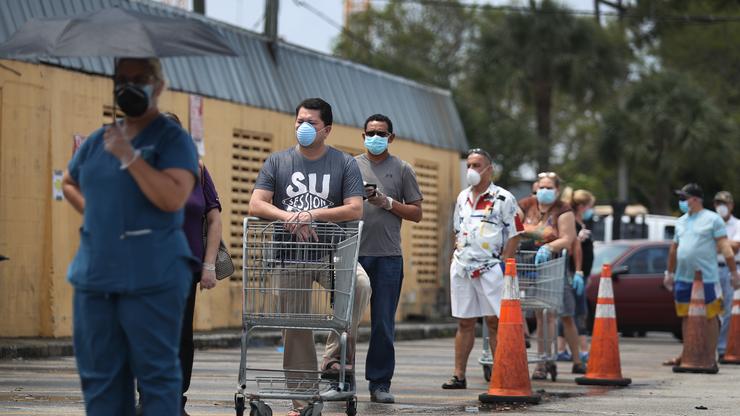Earlier this afternoon, we reported on the downright scary news that apparently, Coronavirus has the ability to be transmitted even a dead person. As scientists and researchers around the world race to come up with some sort of vaccine or treatment for the virus that is spreading at an astounding rate, a group of researchers at Harvard are saying we may need to social distance for a couple of years to come to stop the spread.
Researchers from Harvard’s T.H. Chan School of Public Health released a study in the Science journal that projects the transmission rate for COVID-19 post-pandemic, or rather, after the most severe wave of the pandemic, over the course of the next five years. The computer model looked at aspects like whether or not the virus is seasonal, and how long immunity lasts in recovered patients, and more to come to the decision that the virus will not be eliminated any time soon.
Based on the researchers’ projections, they’re claiming we may need to be social distancing from time to time until at least 2022, possibly 2024, in order to allete the pressure on hospitals etc, similar to our efforts right now.
The abstract for the paper reads, “Absent other interventions, a key metric for the success of social distancing is whether critical care capacities are exceeded. To avoid this, prolonged or intermittent social distancing may be necessary into 2022 […] Even in the event of apparent elimination, SARS-CoV-2 surveillance should be maintained since a resurgence in contagion could be possible as late as 2024.”
On the flip side, the paper examined how if social distancing measures are too severe and too strict, it could be to the detriment of society– in the sense that there will be no immunity at all built among the population.
Either way, the researchers are not advising one particular path over the other. “We do not take a position on the advisability of these scenarios given the economic burden that sustained distancing may impose, but we note the potentially catastrophic burden on the healthcare system that is predicted if distancing is poorly effective and-or not sustained for long enough.”








